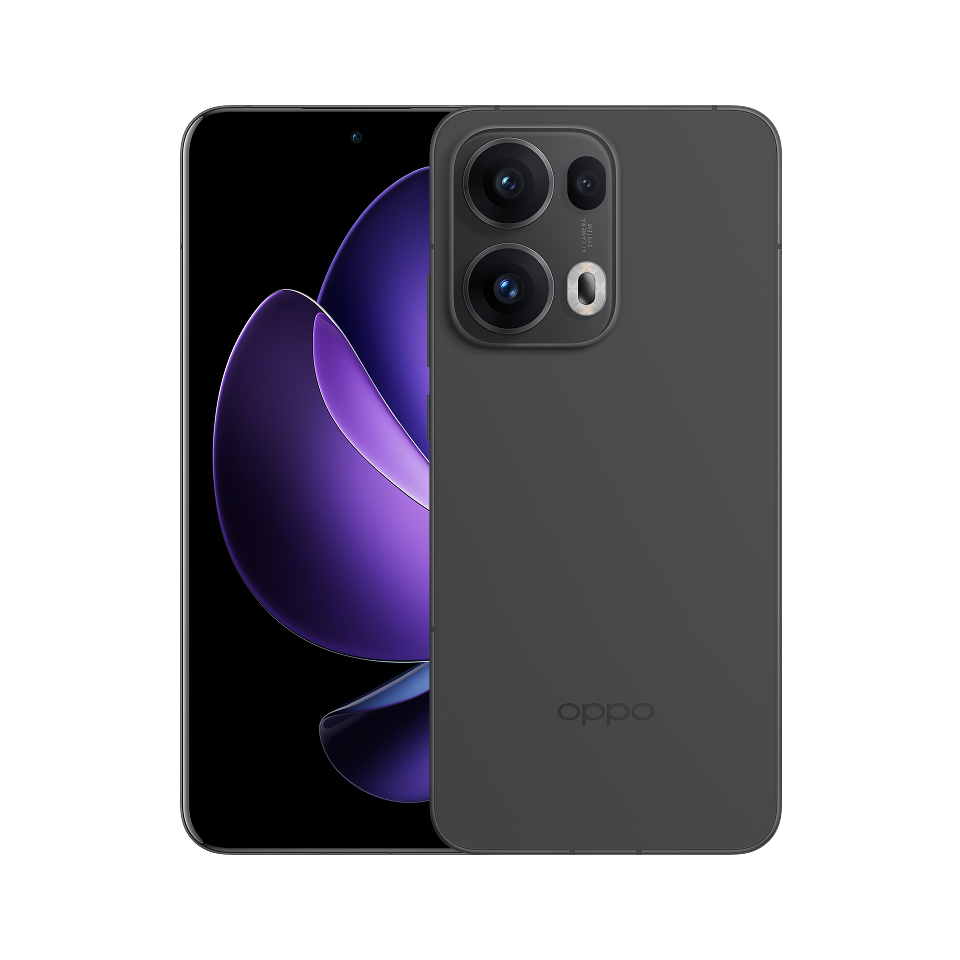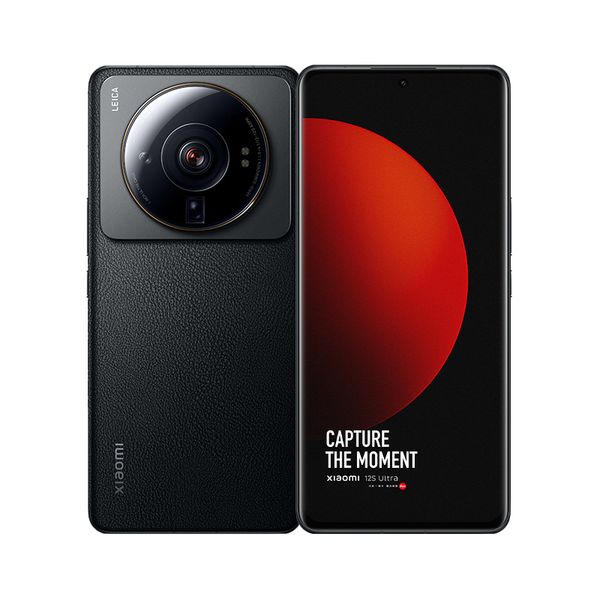
5 eSIM Myths That Keep Travelers Paying Too Much
If you’ve travelled in the past few years, you’ve probably heard someone say, “I should really try an eSIM… maybe next trip.” And honestly? That hesitation is costing travelers a lot of money. Roaming bills, overpriced airport SIM cards, confusing “travel packs” from mobile operators—most of it could be avoided with a simple, tiny piece of tech that’s already inside your phone.
But the internet is full of half-truths, outdated assumptions, and myths about eSIMs. So let’s break down the five biggest misconceptions that keep people overpaying when they travel—and what’s actually true.
Myth #1: “eSIMs Are Only for Tech-Savvy Travelers”
Let’s get this out of the way first: eSIMs are not complicated. At all. They sound technical—“embedded SIM, remote provisioning”—but installing one is basically the same as scanning a restaurant QR code.
Most travelers assume it’s a process reserved for digital nomads, IT people, or those who live their entire life on TikTok tech hacks. But the truth? eSIM setup is simpler than buying a physical SIM at the airport.
Here’s what installing an eSIM usually looks like:
- Buy a plan online
- Scan a QR code
- Tap “Add eSIM”
That’s literally it. No fiddling with SIM trays. No sticking a paperclip into your phone. No praying you don’t lose your tiny home-country SIM during your trip.
And once people try an eSIM for the first time, the reaction is almost always the same:
“Why didn’t I do this years ago?”
Myth #2: “eSIMs Are More Expensive Than Regular SIM Cards”
You know what’s expensive?
Roaming.
Most travelers stick with their home operator’s roaming plan because it feels “safer” or “simpler.” Until they open their bill and see €30, €50, or €200 charges for a week of scrolling, maps, and Instagram Stories.
Let’s break it down:
- A typical EU operator roaming pass for a non-EU trip? €15–€25 per day for a tiny amount of data.
- A local airport SIM? €20–€40 for 5–10 GB.
- A good travel eSIM? Often €5–€20 for the same or more.
Travel eSIM providers compete globally, not locally. They need competitive pricing to survive. Meanwhile, your mobile operator knows you’re too busy catching a flight to compare prices—so they charge whatever they want.
Sure, a local SIM may occasionally be slightly cheaper if you have time to shop around, find a good deal, and choose a provider that won’t throttle your connection. But eSIMs win 90% of the time on convenience alone. And price-wise, they’re rarely more expensive than physical SIMs—and often much cheaper.
The real trap isn’t eSIMs.
It’s sticking to roaming because of outdated assumptions.
Myth #3: “eSIMs Don’t Work Everywhere”
This one pops up all the time:
“But I heard eSIMs only work in some countries…”
Nope. That used to be true years ago, but now?
eSIM coverage includes over 200 countries and territories.
Basically: if airplanes fly there, an eSIM probably works there too.
And here’s where people get confused:
Your phone’s ability to support an eSIM is one thing.
The provider’s coverage is another.
Nearly every major travel eSIM brand offers:
- Single-country plans
- Regional plans (Europe, Asia, Latin America, Middle East, Africa)
- Global plans that work almost anywhere
If you’re going to popular destinations like the US, Turkey, Thailand, Vietnam, Japan, the UAE, or Mexico, eSIM options are endless. Even smaller destinations like the Maldives, Montenegro, or Kenya are fully covered these days.
So when someone says, “eSIMs don’t work there,” what they actually mean is they heard that… long ago.
Myth #4: “eSIM Data Is Slow or Unreliable”
This myth survives because people assume eSIMs use some mystery network. But in reality, travel eSIMs run on the same local mobile networks as physical SIM cards. There’s no “eSIM internet”—it’s the same towers, the same speed, the same quality.
If your travel eSIM connects you to Orange, Turkcell, AT&T, AIS, Etisalat, Globe, or any other local operator, that’s the exact same network tourists with physical SIMs are using.
Slow speed usually comes down to:
- Overloaded towers in tourist hotspots
- Weak coverage in rural areas
- A provider giving you 4G instead of 5G
- Fair-use policies on “unlimited data” plans
- Buying too cheap (yes, it happens)
But the technology itself?
Rock solid.
And honestly, most travelers notice the opposite:
Their eSIM performs better than the physical SIMs they used to buy at airports.
Myth #5: “You Can’t Keep Your WhatsApp or Number When Using an eSIM”
This one stops more people than anything else.
Because nobody wants to be unreachable.
Nobody wants WhatsApp to stop working.
And nobody wants messages going to the wrong number.
Here’s the reality:
You keep your phone number.
You keep your WhatsApp.
You keep your contacts.
You keep everything.
eSIM data plans don’t replace your number—they sit next to it. Your phone simply uses one SIM for data (the eSIM) and another for calls and texts (your home SIM).
WhatsApp?
Still linked to your original number, completely unaffected.
Even better:
Your home SIM can stay offline while the eSIM handles all the data. That means no accidental roaming charges, no background apps draining money, and no surprise bills.
This is exactly why eSIMs became the go-to solution for digital nomads and frequent travelers. You get local data everywhere without changing your number or the way you communicate.
The Real Reason These Myths Stick Around
Travelers trust what they already know. For years, the routine was:
- Buy a roaming pass
- Swap a SIM card
- Hunt for Wi-Fi
- Hope for the best
eSIMs completely change that rhythm—and whenever a new habit replaces an old one, people hesitate.
Mobile operators don’t help either. They make billions from roaming charges. Encouraging you to switch to a €9 eSIM instead of a €60 roaming package doesn’t exactly fit their business model.
So myths persist because they’re convenient for the companies that profit from them.
But travelers who’ve switched?
They don’t go back. Ever.
Final Thoughts: eSIMs Save Money, Time, and Stress
Travel is stressful enough—packing, flights, tight connections, hotel check-ins, and navigating a new city. Paying too much for mobile data shouldn’t be part of the adventure.
The five myths above keep millions of travelers stuck in old habits and outdated assumptions. But the truth is:
- eSIMs are easy
- eSIMs are affordable
- eSIMs work almost everywhere
- eSIMs use the same fast networks
- eSIMs don’t affect your number or WhatsApp
Once you try an eSIM, you realize it’s not a “tech thing”—it’s a travel essential.
And honestly? It’s time travelers stopped overpaying for something as basic as data.













